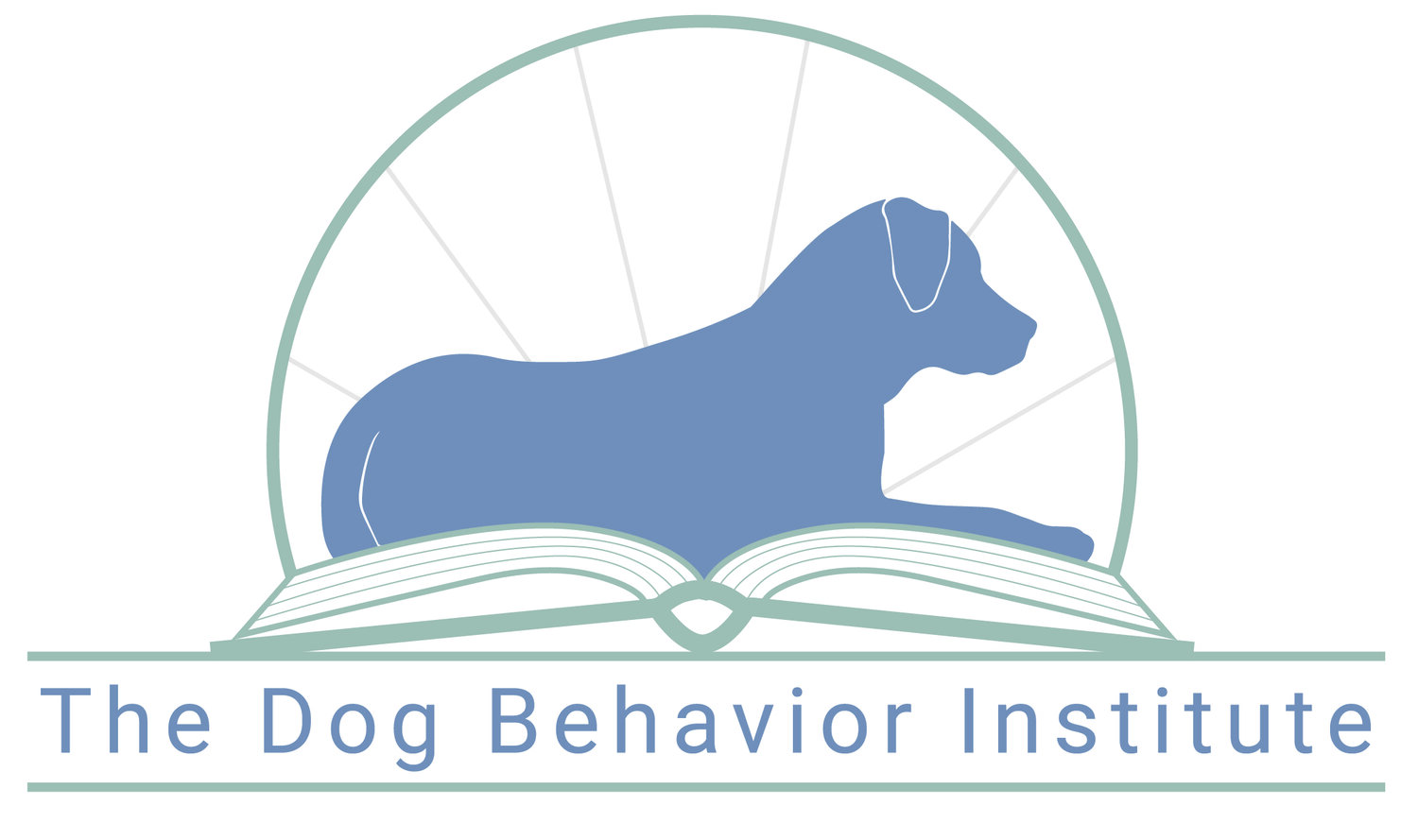You are not your dog’s behavior analyst
By Ran Courant-Morgan, BCBA, LABA
Note: This post is written specifically for Behavior Analysts who have dogs - but everyone is welcome to read it, of course! Thank you for being here.
In May, I attended a conference for Behavior Analysts. There were professionals there from all over the world, and people who work in the field of Behavior Analysis in a wide range of contexts. The science of behavior analysis is well-known (and loudly – and justifiably! – discussed and debated) for its applications to the behaviors of autistic people. Perhaps less well-known is that Behavior Analysis is applied across an enormous number of fields, including business, sports, and - most relevant to us here - animals, including captive animals in zoos and those that live in our homes.
“You might be a behavior analyst, but the chances are that you actually don’t know how to fix it.”
Most of the people at the conference work professionally with humans, and many were eager to talk about their dogs. Perhaps I should not have been surprised by the number of people who said to me, “My dog does [problem behavior], and I’m a behavior analyst, so I know how to fix it, but I just haven’t done it yet.”
Here’s the thing. You might be a behavior analyst, but the chances are that you actually don’t know how to fix it. To ethically change behavior, we need to not just understand the science, but also to work within our scope. This means that we are working with a population in which we have received explicit education and mentoring, focusing on behaviors for which we have received education and mentoring. Most behavior analysts, though perhaps experts in behavior, have not received expert education and mentoring about their dogs.
And even if they had – they are not their dog’s behavior analyst. More on this in a moment.
First, another story: In January 2022, my family adopted a kitten. At the time, we had the following living beings in our home: two adult humans, one teenage human, a cat-neutral adult dog, and two friendly, social adult cats. We felt equipped and (more or less) prepared to introduce a kitten. Reader, you might guess where this is going before I did: we were not prepared to introduce a kitten. It turned out that our friendly adult cat was a bit friendlier than the kitten was ready for.
I am a behavior analyst. I am an expert in animal behavior, and I literally help people with their pets for a living. So what did I do?
I hired someone.
Although I am an expert in behavior and I am a well-educated cat guardian, I am not an expert in cat behavior. I am not intimately familiar with species-typical needs, specific and often subtle changes in body language, and what environmental adjustments I might make that specifically meet the needs of my cat. And, I would venture to say, most behavior analysts have similar gaps in their understanding about dogs.
My wife and I set up an appointment with a trainer via Zoom. Before our meeting, we sent detailed information and a video tour of our house, highlighting the areas both important to and relevant for our pets. We met for an hour, and the trainer asked us questions we never would have asked ourselves – like, how many meals a day do our cats eat? Okay, three is better than two, but could we do four or five? – because we thought we were already doing everything “right.” And we were doing many things right, but there were many small changes that we could make, and working with someone outside of our household quickly and effectively highlighted those changes for us.
Back to being a behavior analyst for dogs. While I am an expert in dog behavior, and my literal job is to support other families in navigating some of the same challenges that I have with my own dog, I simply cannot be my dogs’ behavior analyst, and you cannot be a behavior analyst for your dog. Here is why:
First: as behavior analysts, we adhere to an ethical code that requires us to avoid “multiple relationships,” defined as “a comingling of two more more of a behavior analysts roles (e.g. behavioral and personal) with a client.” (Ethics Code for Behavior Analysts, 2022).
Second: you are your dog’s guardian. Perhaps you are their parent, their owner, their person. You are not their behavior analyst. A behavior analyst is a professional who is specially trained to evaluate the behavior of an individual and how the behavior is impacted by that individual’s environment. You, the person who deeply loves your dog, feeds them their meals, takes them out to exercise, cleans up their poop, and has perhaps even come up with a specific “voice” your dog “talks” in, are – face it! – an inextricable part of your dog’s environment and they are a part of yours.
And third: as an essential part of our animals’ environments, we can almost never be objective enough to see the part that we play in the behaviors that occur.
While I am not my dog’s behavior analyst, that doesn't mean that my skillset as a behavior analyst is irrelevant or meaningless. There is still a lot I can do when it comes to the behaviors of the living beings in my household.
What I can do is:
define the behaviors I’m seeing and want to focus on
collect data on those behaviors (we have a webinar on this!)
share that information with someone else who is qualified to work with both my animal learner and with me
“You cannot be your dog’s behavior analyst, but you can be your dog’s person: the person who supports them, advocates for them, and seeks the support that you need in order to do that effectively.”
Additionally, a solid understanding of behavior analysis and the principles of behavior can certainly help us be better guardians than we might be without it. We may be able to thoughtfully implement well-timed reinforcement, and behavior analysts are often well-equipped to see through the marketing of punishment-based procedures for dogs. But we are still unable to see our dogs as objectively as we might be able to see our clients.
As a behavior analyst, you may be well equipped to know what to look for in someone who is going to help you implement behavior change. For example, you might ask a prospective trainer how they will help you be successful with training, how they will ensure that your dog is contacting sufficient reinforcement, what the plan is for generalization and maintenance, and how they know if training is successful. There are many amazing trainers out there with a range of credentials, and credentials are not the only thing to look at. Good trainers, whether behavior analysts or not, are thoroughly up to date on the kindest, most effective scientific methods of behavior change with dogs. They are familiar with extinction, and the reasons we might not use it – and they have alternatives. They are fluent in teaching alternative behaviors and coming up with creative reinforcement strategies. In short – they are people that you can trust to support you as a behavior analyst who loves your dog.
You cannot be your dog’s behavior analyst, but you can be your dog’s person: the person who supports them, advocates for them, and seeks the support that you need in order to do that effectively.


